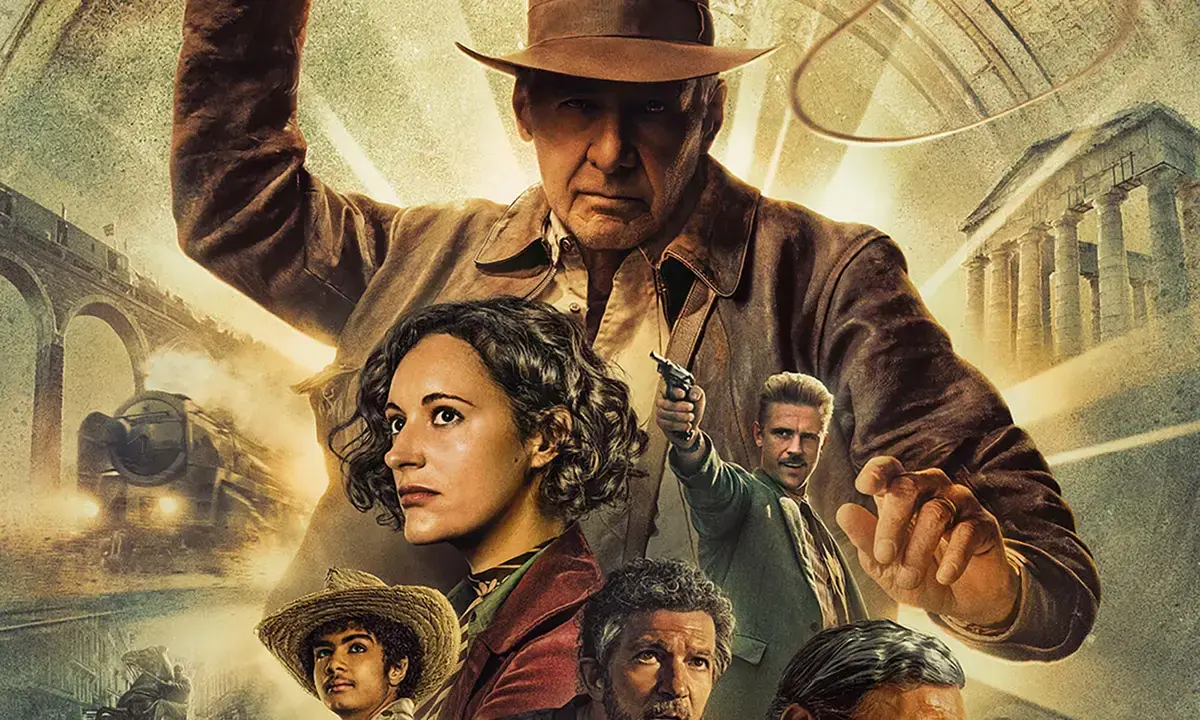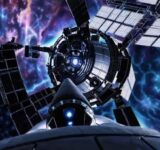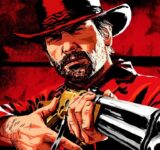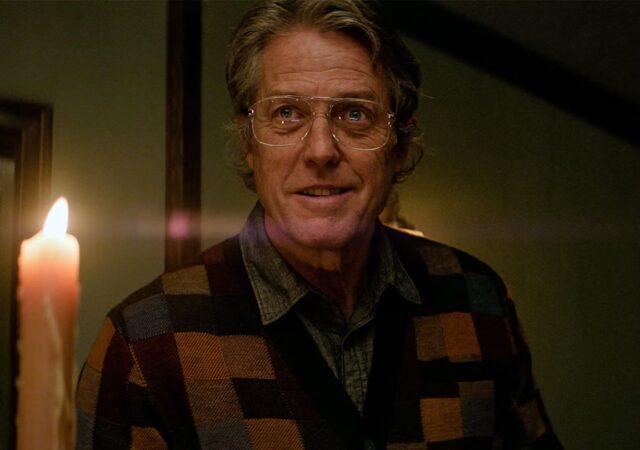Directed by James Mangold, the film sees Harrison Ford reprising his role as the intrepid archaeologist, Indiana Jones, for what may be his final adventure. The film is set in 1969, a tumultuous period that sees a world-weary Indy grappling with personal losses and the passage of time.
The film opens with a thrilling 20-minute flashback sequence set during the waning days of World War II. This sequence showcases some of the best de-aging technology yet, allowing Ford to appear as a younger version of Indy. The plot revolves around the titular Dial of Destiny, an invention of the ancient Greek mathematician Archimedes, which has the potential to change the course of history.
James Mangold’s direction is a departure from the Spielberg-directed films. While he attempts to recreate the adventurous spirit of the original series, his approach lacks the lightness and rhythm that Spielberg brought to the franchise. The action sequences, while exciting, often lack clarity and can feel disjointed. The film’s reliance on CGI and de-aging technology, while impressive, can be unnerving at times. The de-aged Ford, while visually convincing, lacks the vitality and expressiveness of the original character, resulting in a performance that feels somewhat hollow and robotic.
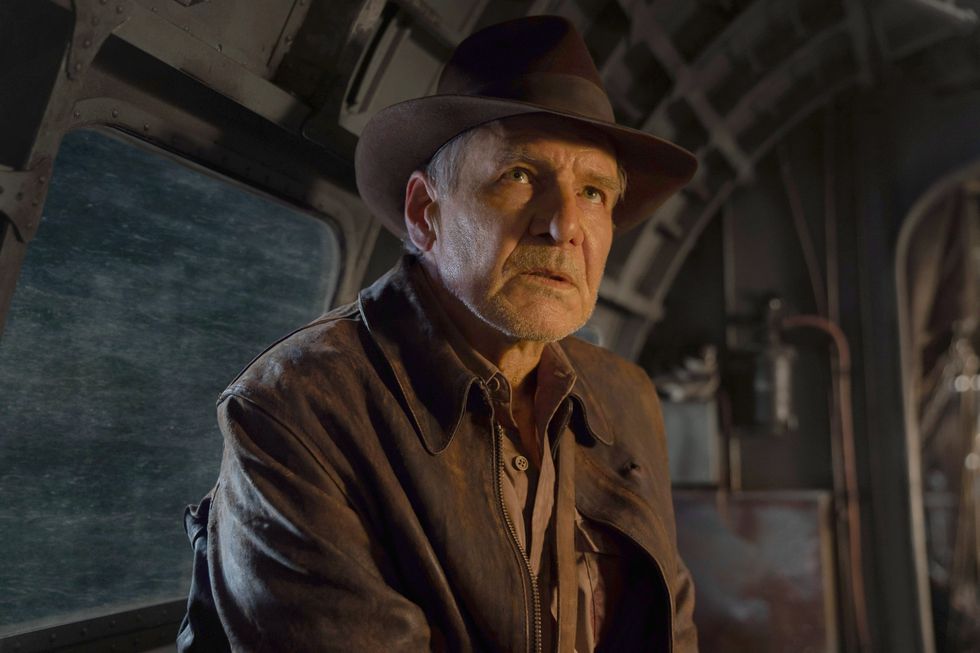
The film’s antagonist, Dr. Voller (Mads Mikkelsen), a former Nazi turned U.S. government scientist, seeks the Dial to correct the “mistakes” made by Hitler. Mikkelsen delivers a straightforward performance, but the character of Voller is underdeveloped and lacks depth. His motivations are clear, but the character lacks the complexity and nuance that could have made him a more compelling villain.
Indy, on the brink of retirement, is drawn back into the world of adventure by Helena Shaw (Phoebe Waller-Bridge), the daughter of his old colleague, Basil Shaw (Toby Jones), who is also in pursuit of the Dial. Waller-Bridge’s Helena is a promising character, with her roguish charm and adventurous spirit echoing that of a younger Indy. However, her character is not fully developed, and her motives often seem to exist in separate scenes, as if different drafts of the story had been smashed together.
The film misses an opportunity to delve deeper into her character and her relationship with Indy. The film also struggles with making her transition from a money-minded art thief to a worthy successor to Indy have enough tension and payoff.
She just becomes morally good at one point in the film without facing an internal struggle.
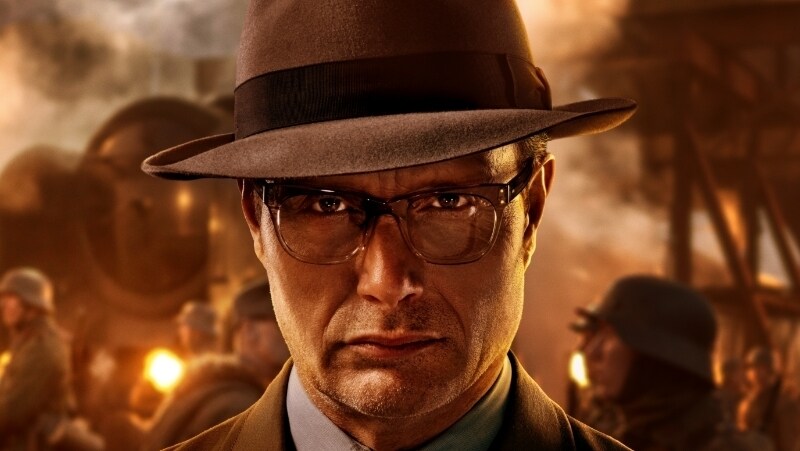
Fittingly for what is likely his last outing as the character, Ford seems highly invested in the role that made him an icon, throwing himself into the action sequences with an intensity that belies his age. Though wrinkled and weathered, Ford conjures up that daring, dry-witted explorer we all know and love. When he cracks his whip, swings across chasms, or trades quips with villains, it’s like no time has passed at all.
Yet, this is an Indiana Jones who has experienced significant loss and heartbreak since we last saw him. The film never taps into the narrative potential of Indy being tempted to use it to fix his life’s problems, although there’s a poignant moment in the third act where he seems ready to let go and become lost in his work in a very literal way.
Indiana Jones and the Dial of Destiny is a globetrotting adventure that acknowledges the passage of time, with Indy often noting his age and the toll these adventures have taken on him. What has always set Indy apart is the rich sense of mythology and fascination with ancient artifacts. The Dial itself, though underbaked as a MacGuffin, fits right in with the Ark and Holy Grail in providing a supernatural hook. Ford’s obvious reverence for history and archaeology remains infectious; when he waxes poetic about ancient mythologies and cultures, he makes you want to hit the books yourself.
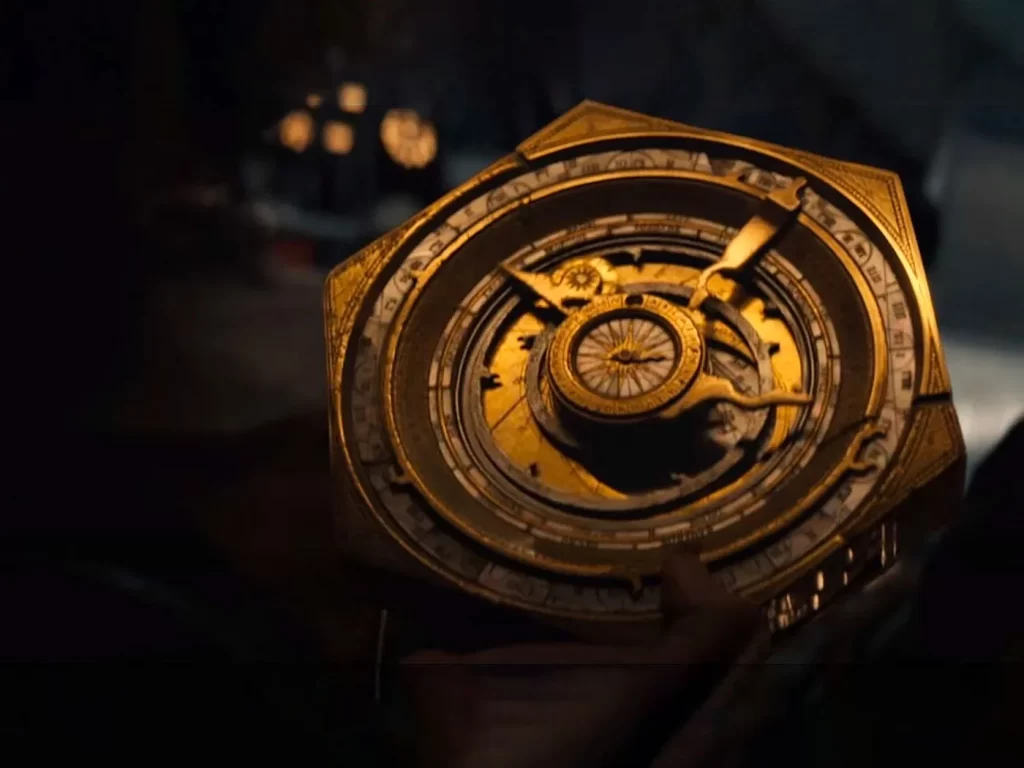
John Williams’ iconic, pulse-pounding score stirs up a wave of nostalgia. In fact, nostalgia is really the film’s bread and butter. Mangold knows not to tinker too much with a proven formula, giving fans poetic justice by revisiting familiar locations like the Marshall College campus. Unfortunately, he doesn’t nail the nostalgia as well as he could have. Indiana Jones and the Dial of Destiny has many good elements of paper, but they don’t gel together to become more than the sum of their parts.
The third act of the film introduces a bold narrative choice that can be a make-or-break moment for the audience. Although this is a departure from the more grounded adventures of the previous films, it offers a unique twist to the Indiana Jones formula. However, it also risks alienating fans who prefer the series’ traditional blend of historical mystery and action adventure. The success of this narrative choice largely depends on the viewer’s willingness to embrace this new direction for the franchise.
Despite these flaws, Indiana Jones and the Dial of Destiny is a worthy addition to the franchise.
It offers the requisite thrills, proves fairly emotional, and serves as a fitting bookend to Ford’s near-half-century run as an action star. The film’s climax, while not perfect, dials up the emotion and provides a satisfying conclusion to Indy’s journey.
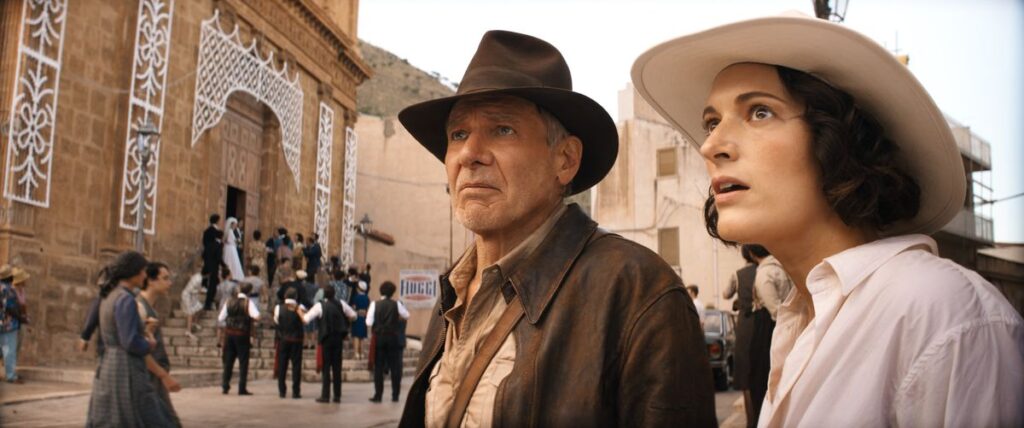
In conclusion, Indiana Jones and the Dial of Destiny is a film that will appeal to fans of the franchise and those looking for a nostalgic adventure. While it may not reach the heights of the original films, it is a worthy and enjoyable adventure that provides a fitting farewell to one of cinema’s most beloved characters. Is it a great movie? No, it’s just fine.
Unfortunately, this movie is one of the many victims of this summer’s punishing box office takings, only earning around $263 million so far against a budget that’s around $300-400 million, not accounting for the marketing expenses. In this market, just fine doesn’t really cut it anymore.

